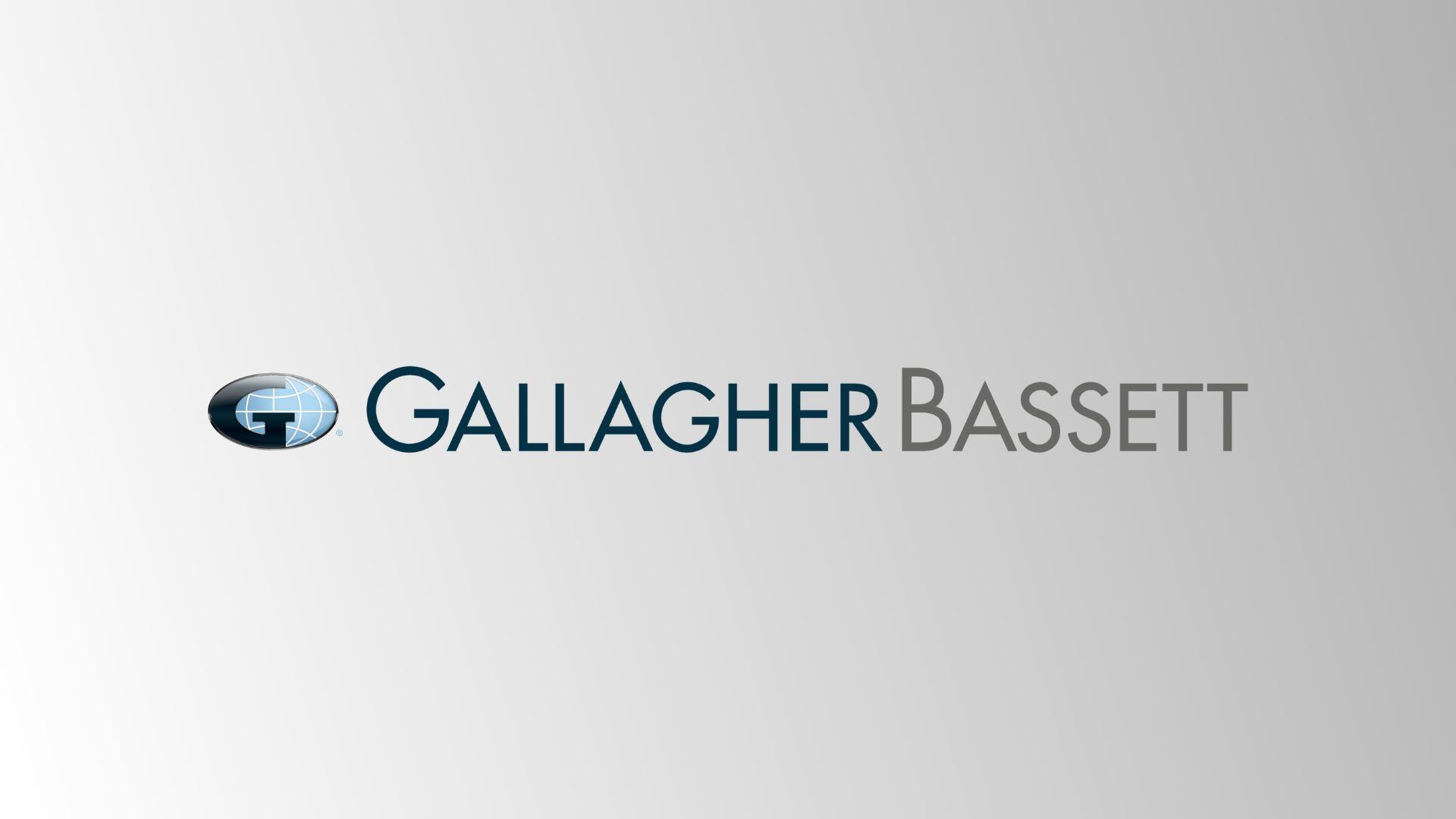4 Tips on How to Prevent Fatigue in the Workplace

Does your workplace have measures in place to prevent or reduce fatigue?
Fatigue is more than feeling tired and drowsy. Symptoms of fatigue include tiredness even after sleep, reduced hand-eye coordination or slow reflexes and short term memory problems. Additional signs include an inability to concentrate, blurred vision or impaired visual perception and a need for extended sleep during days off work.
Workplace fatigue can reduce productivity and increase the risk of accidents occurring. Often the causes are preventable by investing in improving the culture of employees and encouraging healthier decisions. This will eliminate the future potential of health and safety risk.
In order to help you promote a healthy work environment, we have put together a few tips which you can implement to reduce the likelihood of fatigued workers affecting your workplace.
Encourage Breaks
Breaks are an opportunity for employees to rest and recharge during a challenging work task. According to research, taking a break will reduce stress, improve memory and boost performance and creativity.
Ensure you provide an adequate space for employees to take breaks — this means a safe, clean and comfortable environment such as a break room or perhaps a more elaborate space with additional comforts like a couch or games area. Indoor plants are a worthwhile addition too as they clean the air and reduce stress.
stay hydrated
Drinking water is essential to keeping the body functioning properly and maintaining good health. Harvard research states staying hydrated improves sleep quality, cognition and mood. As a guide, experts recommend drinking roughly 11 cups of water per day for the average woman and 16 for men, however, this can vary depending on your intake from food, exercise and environment.
Having a water cooler in your office ensures workers have access to safe, filtered drinking water and encourages their intake. MIT researchers also found that these facilities stimulate social interaction and positive office culture, resulting in a 10-15% increase in productivity.
GET QUALITY SLEEP
A good night's sleep can drastically improve the health and wellbeing of workers. Adequate sleep improves our ability to stay alert, safe and productive at work.
The National Sleep Foundation recommends adults get at least seven hours of sleep each night. Tips for better sleeping habits include going to bed at a consistent time, winding down without screens an hour before bed and avoiding caffeine 3-7 hours before resting. Educate employees on the benefits of sleep and ways they can improve their sleeping habits.
ONGOING EMPLOYEE HEALTH CHECKS
Employee health checks show that your business supports the health of its employees, which in turn results in higher productivity. Allow each employee to discuss their own health without the risk of criticism or penalty.
Additional long term benefits include talent retention, fewer sick days, reduced personal injury/ACC claims and reduced levies, all of which save businesses both time and money.
LEARN TO PREVENT FATIGUE IN THE WORKPLACE WITH GALLAGHER BASSETT
Demonstrate your commitment to employees by investing in fatigue prevention and creating a positive workplace that will improve your business in the long term.
If you can start to implement even one or two of these actions into your management style, you will start to notice positive changes in your organisation’s culture and workplace environment. To get started, download our "Prevent Fatigue at Work" Poster and even customise it with your company logo. Learn more useful tips by reading our regular blogs.
Gallagher Bassett's injury management team can assist you to get the best commercial and human outcomes possible. Find out more today!
Author


